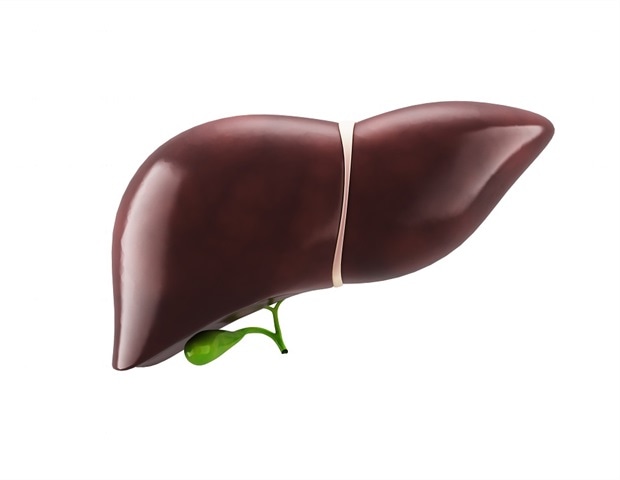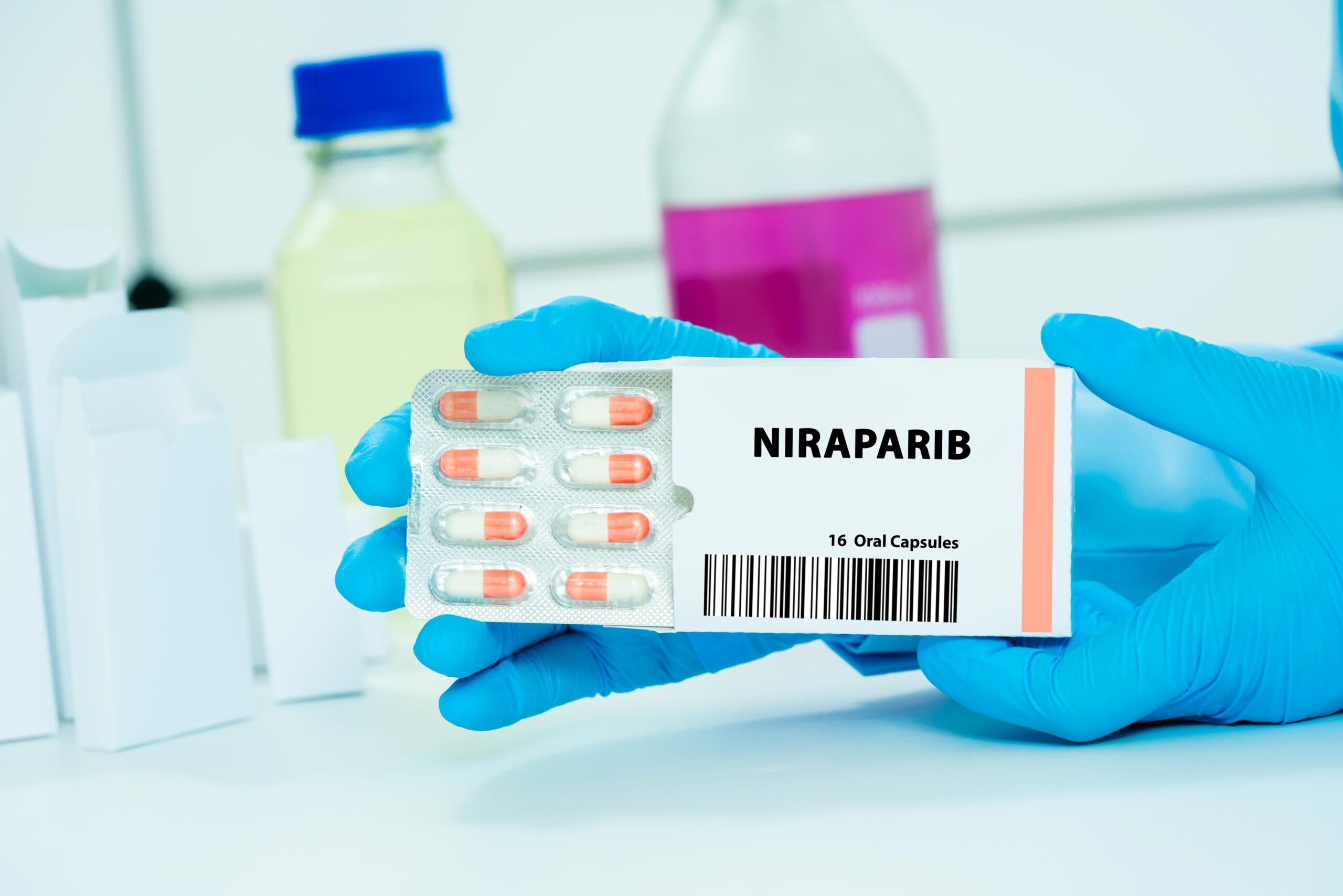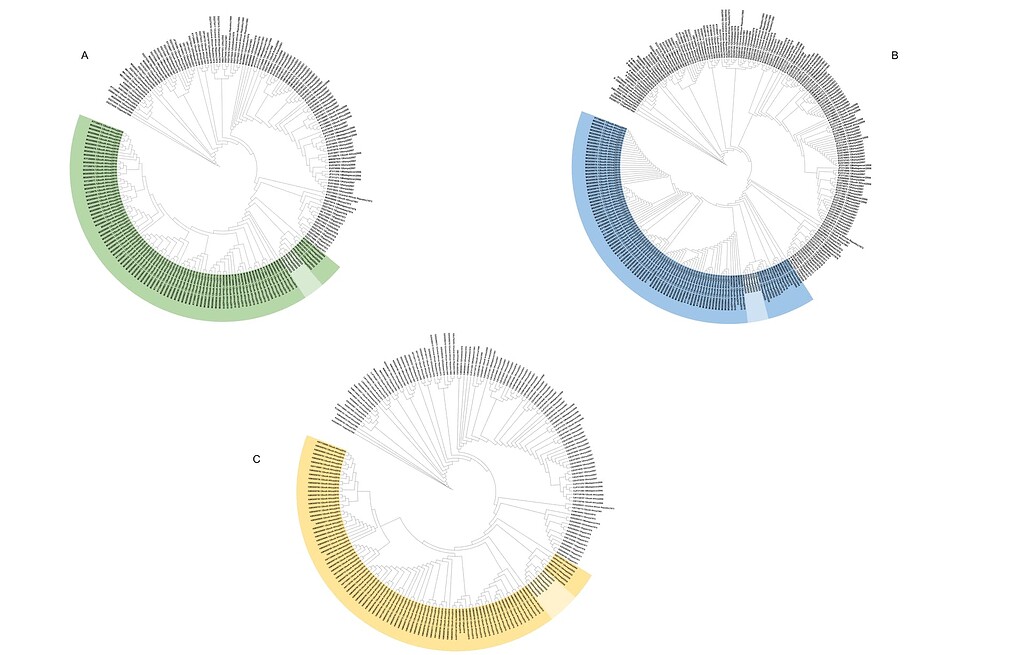The University of Texas (UT) at San Antonio will be the first in Texas to house a Siemens Healthineers’ Magnetom Terra.X 7-tesla MRI scanner at its Center for Brain Health, opening in December 2025.
Cleared in March 2024, the scanner produces…

The University of Texas (UT) at San Antonio will be the first in Texas to house a Siemens Healthineers’ Magnetom Terra.X 7-tesla MRI scanner at its Center for Brain Health, opening in December 2025.
Cleared in March 2024, the scanner produces…
This request seems a bit unusual, so we need to confirm that you’re human. Please press and hold the button until it turns completely green. Thank you for your cooperation!

Advanced colon cancer is the leading cause of cancer-related death in young American men and the second highest worldwide. In the majority of these patients, as the cancer advances it metastasizes to the liver. Despite progress in…

Reuters The Ebola outbreak in the Democratic Republic of the Congo shows signs of containment, with no new confirmed or probable cases since the World Health Organization’s last update on October…

An international team of researchers today reported promising results from a phase 1 trial of a novel vaccine designed to protect against typhoid fever and non-typhoidal Salmonella infections.
The team, led by investigators from the University of…
This request seems a bit unusual, so we need to confirm that you’re human. Please press and hold the button until it turns completely green. Thank you for your cooperation!

Sign up for the Slatest to get the most insightful analysis, criticism, and advice out there, delivered to your inbox daily.
Here’s what I have to say about the common cold: It sucks. The symptoms are uncomfortable, and they can…

Niraparib (Zejula; GSK) plus abiraterone acetate and prednisone (AAP) reduced the risk of cancer progression by 37% compared with AAP alone in patients with metastatic castration-sensitive prostate cancer (mCSPC) with homologous recombination…

Molecular characterization of Rift Valley fever virus from the 2025 outbreak in northern Senegal.
Authors: Moussa Moïse Diagne¹*, Gamou Fall¹*, Abiboulaye Sall², Bocar Sow³,⁴, Ndeye Awa Ndiaye¹, Alioune Gaye⁵, Mamadou…

Certain natural plant compounds can interfere with nutrient absorption or cause symptoms in sensitive people, but preparation, balance, and diet diversity usually shift the equation toward benefit.